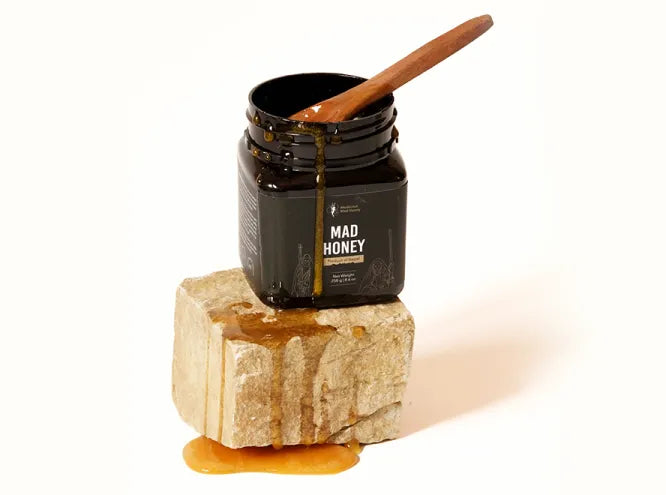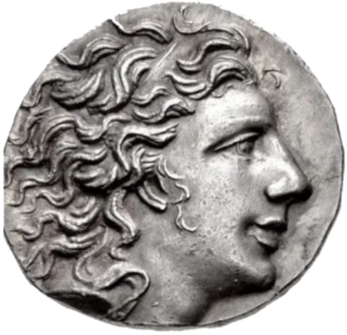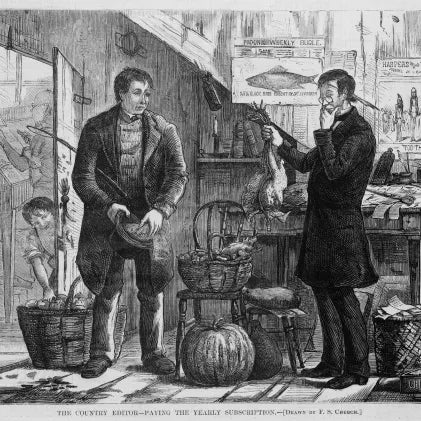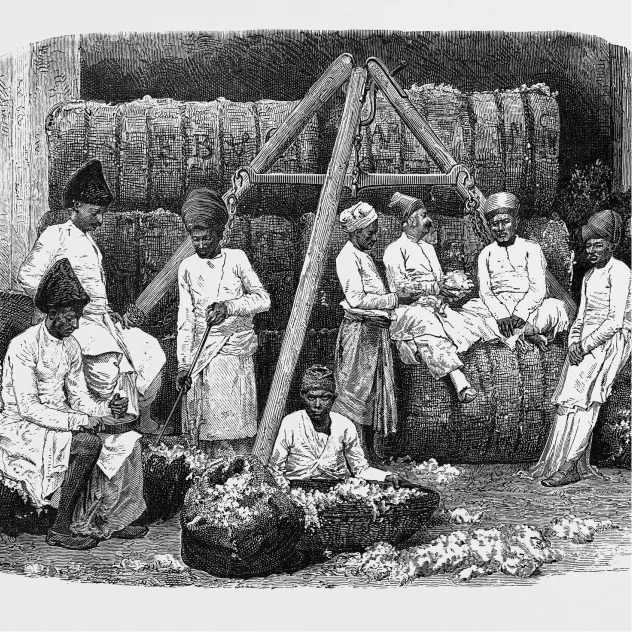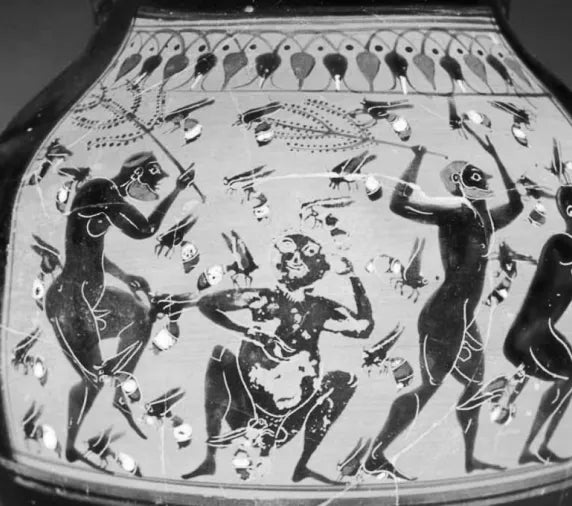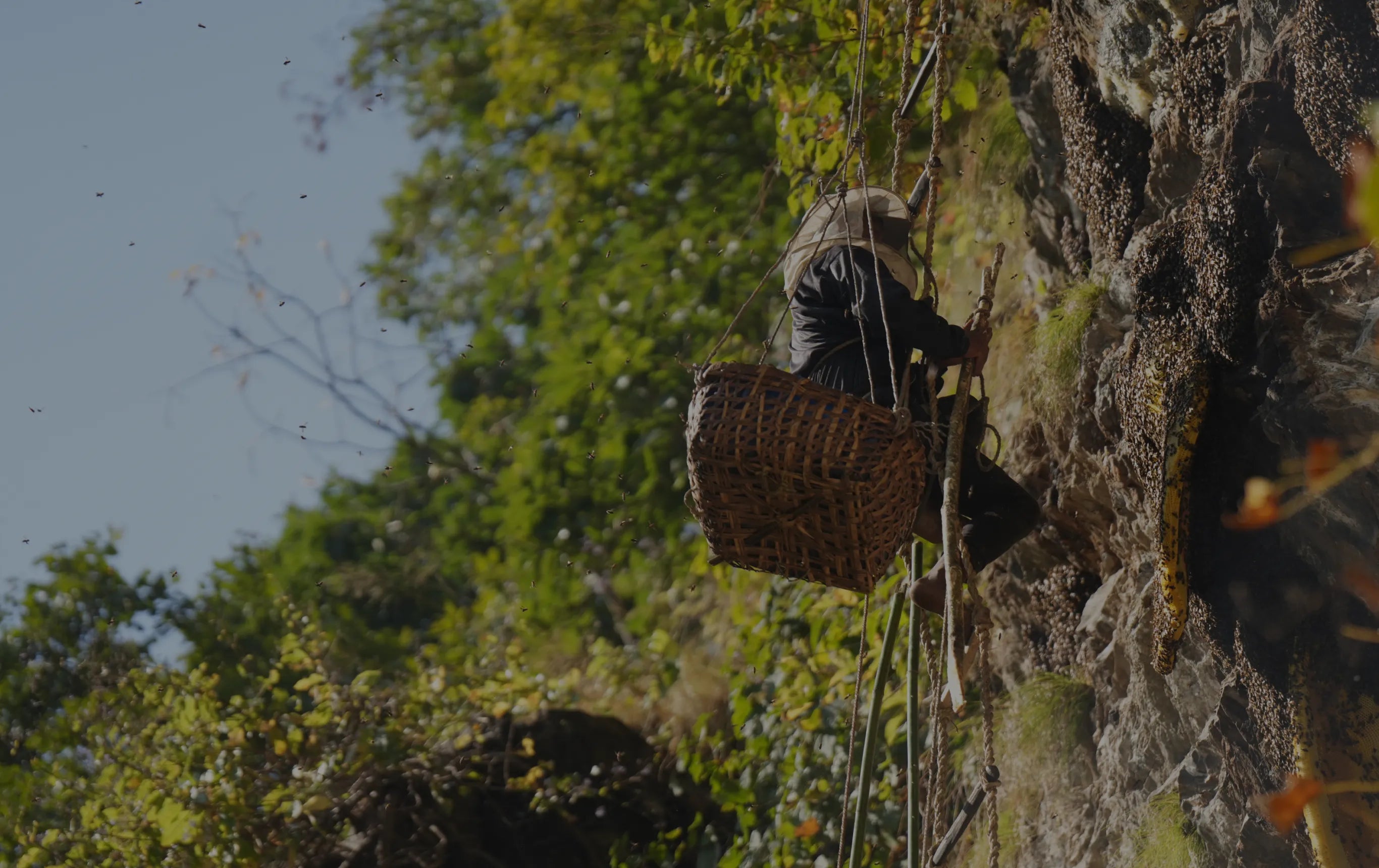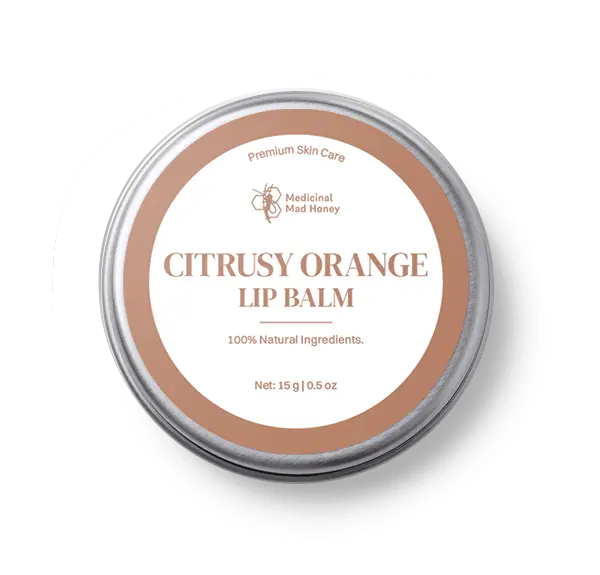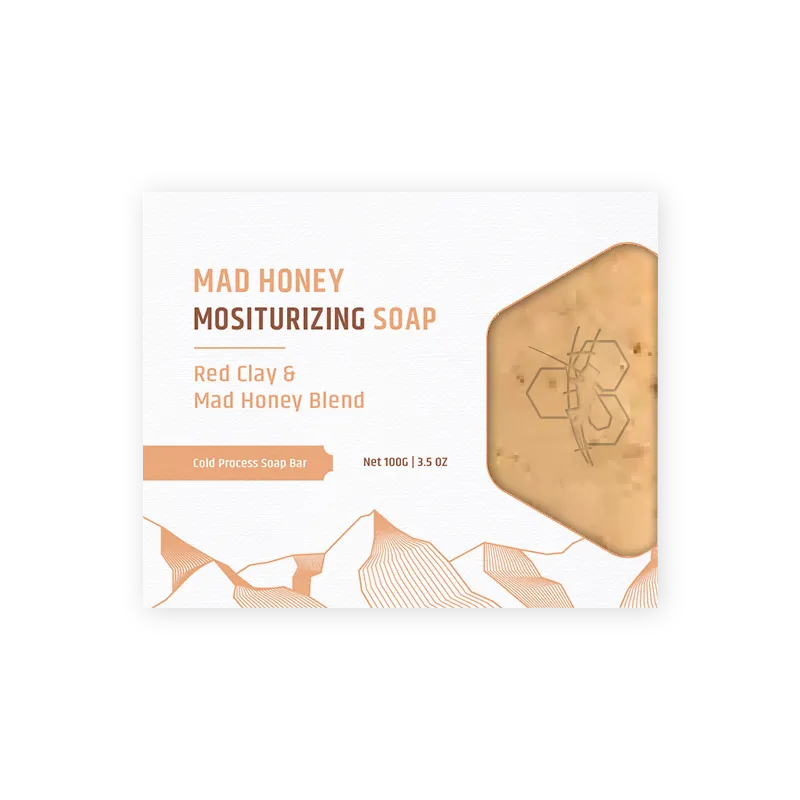Background of the Third Mithridatic War (67 B.C.)
As tensions grew between Rome and its neighbors, the "Poison King," rose to power in Pontus, ready to challenge Roman influence. The third Mithridatic War (73-63 B.C.) was his final attempt to stop Roman control.
With the help of local allies, he fought against Rome’s growing power in Asia Minor. This battle led to a fierce conflict that changed the region's future and ultimately weakened his rule.
